If you are looking for a solution with components in your junk box then this might work.
simulate this circuit – Schematic created using CircuitLab
Figure 1. An RC pulse extender.
How it works:
- When IN goes high C1 charges quickly through R1 and D1 in parallel with R2. The input to NOT1 goes high as does OUT.
- When IN goes low C1 discharges through R2 only. When the voltage on C1 drops below the low threshold of NOT1 it will switch and OUT will switch low.
- R1 is intended to limit the current drawn from the previous stage. You haven't specified what is providing this so you'll have to work out the safe current that device can provide and set R1 accordingly. Then set R2 to at least ten times R1 value. With R2 so much higher in value than R1 we can leave it out of the parallel calculation in the first point.
- Having established R1 and R2 you can calculate \$ C_1 = \frac {\tau}{R_2} \$ where \$ \tau \$ is the time delay required for pulse absence - 10 ms in your case.
- Check the R1C1 time constant (\$ \tau = R_1 C_1 \$) to ensure that this is acceptable.
Ideally NOT1 and NOT2 would be Schmitt trigger type to give clean switching.
Update:
It turns out that the source signal is a TSOP1738. The block diagram is shown in Figure 2.
Figure 2. The device has an open-collector output with a weak pull-up resistor.
simulate this circuit
Figure 3. Modified schematic.
- At 2 kHz the pulse width will be 0.25 ms.
- The charge time will be \$ \tau = R_1 C = 80k \times C \$.
- The discharge time will be \$ \tau = R_2 C \$.
Update 2:
I tried to understand how this circuit set the output low when the input high (no signal) and set it high when there is a signal but something missing.
This is what @DaveTweed suspected you really wanted but I missed.
simulate this circuit
Figure 4. Sensor is high when there is no received signal.
How this one works:
- With no signal C1 charges up and NOT1 goes low.
- Every time a pulse is received Q1 turns on, discharges the capacitor and NOT1 output goes high.
Calculate C using the formulas above.




